In this article, we will explore the world of CMDB, answering the most common questions about this important aspect of IT management. Beyond the basic meaning, this article also focuses on best practices and their implementation. So, if you're looking to develop a CMDB in your company, come and understand the essential issues related to CMDB.
What is CMDB?
O CMDB (Configuration Management Database) It is a central database that stores information about all configuration items (CIs) and their relationships within an IT infrastructure. In this way, it provides visibility, control, and integrity of critical information for the efficient delivery of technological services.
Thus, the fundamental building block of a CMDB is the CI, which represents an item under configuration management, such as a router, a server, an application, a virtual machine, a container, or even a logical construct, such as a portfolio.
How does CMDB work and why is it essential for IT management?
The CMDB operates as a centralized repository, consolidating data on hardware, software, networks, and services. Thus, the CMDB becomes essential for efficient IT management. After all, it provides a single view of the infrastructure, helping teams make quick, informed decisions.
Data structure and flow in CMDB
-
Information collection via discovery tools.
-
Data normalization, ensuring consistency across different sources.
-
Relationships between CIs, creating a logical map of assets.
-
Continuous automation, keeping data up to date.
-
Governance and audit, ensuring integrity and compliance.
What are the characteristics of a CMDB?
Dashboards
Dashboards with CI metrics and analytics simplify monitoring of data integrity, the impact of changes, patterns leading to incidents or problems, and CI health. This provides the operations team with real-time information on incidents, problems, and changes, significantly reducing troubleshooting time.
Access controls
Access controls allow you to assign different levels of access to individuals or teams as needed, and trace all changes back to their source in case of incidents or questions.
Compliance
Detailed logs provide visibility and assist with audits. These logs contain information about the state of CIs, change history, checks and balances, and related incidents.
Creating CIs and filling in data
This process is supported by three different types of methods: integrations, discovery tools, and manual entry, which scan IP addresses within an organization's network to obtain information about software and hardware.
Federated datasets
Support for federated datasets includes reconciliation and normalization of CIs and relevant data.
IT service mapping
A physical representation of relationships and dependencies related to an IT service.
Benefits of CMDB for your company
A CMDB centralizes all of a company's IT data, providing complete visibility into operations, downtime prevention, compliance, and decision-making support. It also improves planning, incident, problem, and change management, facilitates risk assessment, generates accurate reports, and allows you to track license and service costs, optimizing both IT operations and accounting.
Evolution of CMDB
CMDBs have evolved from configuration item repositories, according to ITIL, to strategic tools that support Agile and DevOps practices. Today, they enable real-time decision-making, provide visibility into production environments, and integrate external SaaS sources, providing a complete view of hybrid IT environments.
Main concepts of CMDB
What is IC?
A CI is a configuration item, and it's important to understand this concept within the CMDB. Therefore, in an IT service management context, a Configuration Item is any component or resource that needs to be managed to effectively deliver IT services. Configuration Items are recorded and monitored in a CMDB, where their information is kept up-to-date to provide an accurate view of an organization's IT environment.
Difference between Asset and IC
-
Active: Refers to the financial value of an IT asset. For example, cost and depreciation.
-
IC: It's the function and relationship of an item in the IT ecosystem. For example, a server is both a financial asset and a functional CI.
Relationship between CMDB and ITAM
A CMDB is essential for effective ITAM when integrated with asset management processes, serving as a central repository for data on devices, contracts, and licenses. This integration facilitates access to information, strengthens related processes, reduces risk, enables the identification of suspicious changes, and ensures compliance, playing a crucial role in security and threat detection in the IT environment.
CMDB in ServiceNow: Structure and Main Tables
O ServiceNow CMDB is widely used by companies to map and manage CIs. Learn about the main base table:
- cmdb_ci for configuration items (servers, applications, devices).
- cmdb_rel_ci for relationships between CIs (e.g., dependency between server and application).
Thus, these tables form the basis of the CMDB's relational architecture, being essential for tracking assets and their connections.
Read also:
How does CMDB help simplify IT operations?
How does CMDB drive operational efficiency in your Data Center?
ServiceNow CMDB – Main Challenges
The Strategic Value of CMDB in IT Asset Management
How to populate the CMDB with accurate data
There are several ways to complete the CMDB. However, here are the four main ones:
- Manual Entry: useful for specific records.
- Data Import: via spreadsheets or external systems.
- Discovery Tools: automate the collection of ICs.
- API Integrations: synchronize data between systems in real time.
CMDB Management and Integrity
To ensure reliability, monitor indicators such as:
- Percentage of CIs with incorrect information.
- Incidents arising from poorly documented changes.
- Rate of change requests without updating CIs.
CMDB Fundamental Rules: Identification, Reconciliation, and Precedence
However, since the ServiceNow Paris Release, reconciliation and precedence rules have been integrated, simplifying data governance.
Best practices for implementing an efficient CMDB
- – Define clear CI and relationship criteria.
- – Establish governance and responsibility roles.
- – Apply identification and reconciliation rules.
- – Audit and clean data regularly.
- – Train users to maintain information quality.
FAQ – Frequently Asked Questions about CMDB
1. What does CMDB mean?
CMDB is the acronym for Configuration Management Database, the database used to manage IT configuration items.
2. What is the main function of a CMDB?
Record, relate and keep all IT infrastructure information up to date.
3. Is CMDB the same as asset inventory?
No. The inventory lists physical assets; the CMDB shows how they connect and interact.
4. How does CMDB improve change management?
Allows you to predict the impact of changes to CIs before execution.
5. What tools help with CMDB automation?
ServiceNow, BMC Helix, and discovery tools like SolarWinds and Qualys.
Conclusion
Ultimately, implementing and effectively managing a CMDB is a complex task that requires a clear understanding of the concepts and practices involved. However, when well-managed, a CMDB can provide valuable insights into an organization's IT infrastructure, facilitating informed decision-making, improving operational efficiency, and reducing the risks associated with IT infrastructure changes.
Looking to implement or optimize your CMDB on ServiceNow? Contact with our experts and discover how to transform your IT management with reliable data, automation and intelligent governance.




